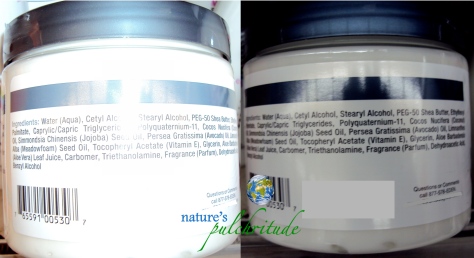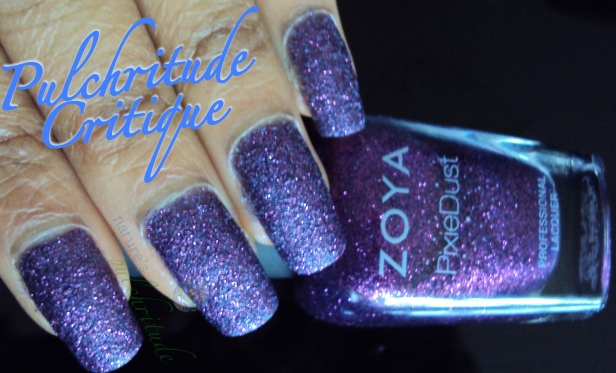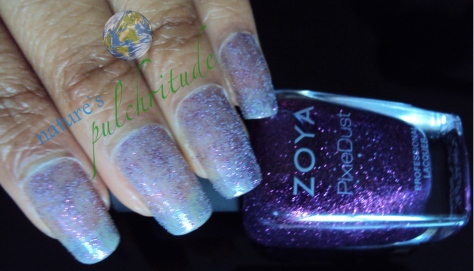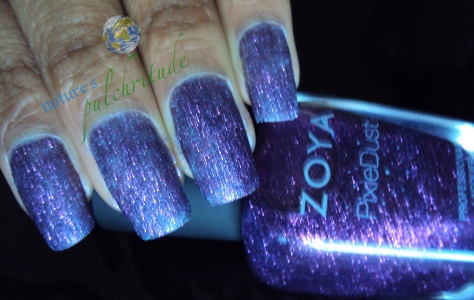Yesterday I gave you some tips to help you read the ingredient label for the leave-in conditioner/styler we found at the store. I left you with the question: Would you buy this product?
The Label

Lets go through the ingredients:
For reference: Safe! is safe to use an are considered innocuous. Beware! is a discretionary suggestion though their is no or limited information on toxicity. Avoid! means an ingredient is toxic or hazardous.
Water (Aqua): Safe, Of Course! Having water as the first ingredient is a good sign as water based conditioners provide moisture to the hair.
Cetyl Alcohol: Safe! This is a fatty alcohol that is often used as an emollient and emulsifier in conditioners. It is typically derived naturally from coconut or palm oil.
Stearyl Alcohol: Safe! This is also a fatty alcohol that is often used as an emollient and emulsifier in conditioner. It is typically derived from
fats.
PEG-50 Shea Butter: Avoid! So I’m sure you recognized “Shea Butter,” but what is “PEG-50?” Remember what I said earlier about using scientific naming, and if it looks like a “chemical?” This ingredient is a Polyethylene Glycol derivative used to make the Shea Butter water soluble. This ingredient is not toxic, but I do not recommend it. (Author’s Note: I compared Material Safety Data Sheets (MSDS) for this ingredient and unrefined Shea Butter. This ingredient alone (not mixed) may cause slight irritation and should be washed off with copious amounts of soap and water; unrefined Shea Butter did not list these health hazards).
Ethylhexyl Palmitate: Beware! Is used as an emollient, derived from fatty (Palmitic) acids (palm oil). It may be a skin or eye irritant, with low to medium toxicity (via MSDS).
Caprylic/Capric Triglyceride: Safe! This ingredient is used as an emollient and is typically derived from coconut oil and glycerin.
Polyquaternium-11: Safe/Beware! It is a copolymer of vinylpyrrolidone and quaternized dimethylaminoethyl methacrylate, and is used for its antistatic properties. It is generally considered safe. This ingredient can cause buildup so use at your discretion.
Coco Nucifera (Coconut Oil): Safe! However, if your hair is sensitive to protein be leary if it is higher on the list.
Simmondsia Chinensis (Jojoba) Seed Oil: Safe! This ‘oil’ is a liquid wax and has a moderate fatty acid content.
Persea Gratissima (Avocado) Oil: Safe! This oil contains Vitamin E and contains antioxidants.
Limnanthes Alba (Meadowfoam) Seed Oil: Safe! This oil is believed to be high in fatty acids and help fortify the hair.
Tocopheryl Acetate (Vitamin E): Safe/Beware! Tocpheryl Acetate is has antioxidant properties and can penetrate skin cells. It is generally regarded as safe however I saw some information (not on a MSDS) linking it to cancer so use your best discretion.
Glycerin: Safe! Glycerin is a humectant that attracts moisture in the hair, if you are ‘glycerin sensitive’ avoid this product. Glycerine can be derive from fats and oils or synthetically.
Aloe Barbadensis (Aloe Vera) Leaf Juice: Safe!
Carbomer: Beware! Used as a thickener, typically at very low concentrations. This ingredient is not toxic, but can be slightly hazardous upon skin contact. Concentrations likely not high enough to be hazardous.
Triethanolamine: Avoid! Triethanolamine is used as a stabilizer and pH adjuster. This ingredient is not a known carcinogen to humans, however it has mutagenic effects in “mammalian somatic cells” (cell forming the body of mammals), may be toxic to kidneys, liver, and skin (via MSDS). Similar studies have found Triethanolamine to be toxic to aquatic species, cause contact allergies, and was found to cause tumor in the livers of female rats. (Author’s note: Toxicity is dependent on dose, therefore the quantity may be too low for these effects to be observed after using this product).
Fragrance (Parfum): Beware! Fragrances are often synthetic. Though they are low in concentration in the product, here is still a small chance of having an allergic reaction
Dehydroacetic Acid: Beware! This is used to prevent bacterial or fungal growth and is not believed to be toxic but is hazardous if it comes in contact with skin.
Benzyl Alcohol: Beware! This ingredient is made naturally by many plants or can be synthetically derived. It is used as a preservative and based on its placement on the list is the lowest quantity. This can be slightly hazardous with skin contact, but due to its concentration it should be okay.
This product starts off good, but the PEG-50 Shea Butter as the 4th ingredient was a red flag for me. Though there are only 2 ingredients that were rated “Avoid!,” several of the other ingredients got a ranking of “Beware!” not for toxicity but for assumed performance. This product may work excellently for many people, but based on the ingredients there are better quality products out there. Those of you who commented on my last post were absolutely right!
I would NOT buy this product!
Feel free to leave questions and comments below. Thank you for reading!








